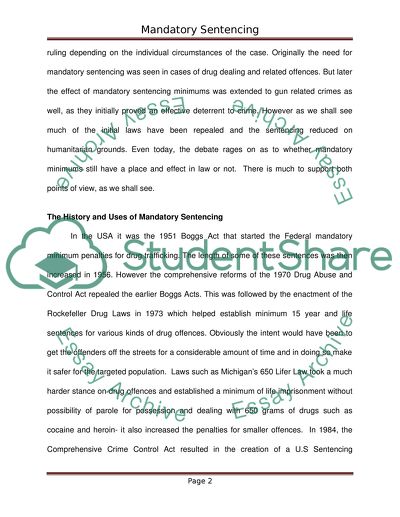Cite this document
(“Mandatory Sentencing Research Paper Example | Topics and Well Written Essays - 4500 words”, n.d.)
Retrieved from https://studentshare.org/law/1396482-mandatory-sentencing
Retrieved from https://studentshare.org/law/1396482-mandatory-sentencing
(Mandatory Sentencing Research Paper Example | Topics and Well Written Essays - 4500 Words)
https://studentshare.org/law/1396482-mandatory-sentencing.
https://studentshare.org/law/1396482-mandatory-sentencing.
“Mandatory Sentencing Research Paper Example | Topics and Well Written Essays - 4500 Words”, n.d. https://studentshare.org/law/1396482-mandatory-sentencing.


